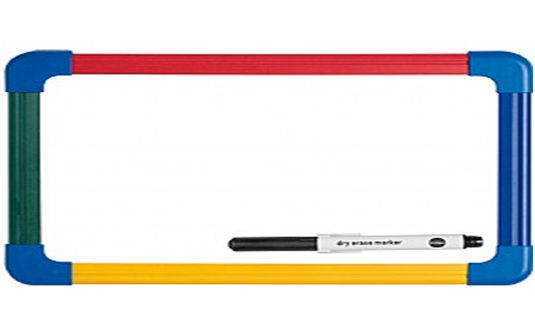Trying to get your child to practise writing can prove difficult when they’d rather be doing anything else. The task is even harder these days with all the electronic toys and gaming devices available. The key is make writing a fun activity and here are some useful tips to try:
- Little hands often find normal sized pencils difficult to handle. Think about getting hold of some golf pencils, the small ones you get when you play mini-golf or go bowling, for example. The smaller size is often easier for little hands to grasp. If you don’t have golf pencils, then a broken crayon or half a chalk piece are alternatives.
- Pencils can feel slippery and difficult to grasp, so think about getting a pencil grip for helping to teach them how to hold a pencil correctly. You can easily make your own wrapping the pencil with some clay or play dough. Hold the pencil as if you’re writing and push finger and thumb indents into the clay.
- Writing doesn’t always have to happen on paper. Get creative and let your child form letters in things like sugar, flour or shaving foam. Spread the substance you’re a table or plate and let your child draw or write words with a finger, making sure they use the correct letter forming methods. This is a great way to encourage writing without worrying about how to hold a pencil. Whiteboards are another fun way to practise writing and drawing, as you can wipe clean and start again as many times as you want. For School Dry wipe magnetic whiteboards, visit https://wedgewhiteboards.co.uk/

- If you notice your child has difficulty when making tall letters and letters with tails, make the lines easier to see on the page. By using three differently coloured highlighters, trace the top, middle and bottom lines onto some lined paper. Then use the colour coding to help your child remember that tall letters start at the top coloured line, small letters stay between the middle and bottom coloured lines and tails go below the bottom coloured line.
- Spacing between words is often an issue with young children, so give them a ‘spacebuddy’ to help. Take a clean ice cream stick and get your child to draw a face on the top of it. When they write, they can position their ‘spacebuddy’ after each word to help show them where to start the next word on the other side of the face.
- There are so many tools with which we can make words, so expose your child to a variety of fun ways to form words. Grab some chalk and decorate the patio or pavement outside, try some fluorescent chalk on paper construction paper or write in the snow with a stick. The only limit is your imagination. Head to the beach and write in the sand. Stuck inside on a rainy day? Write or draw in the condensation on the windows!